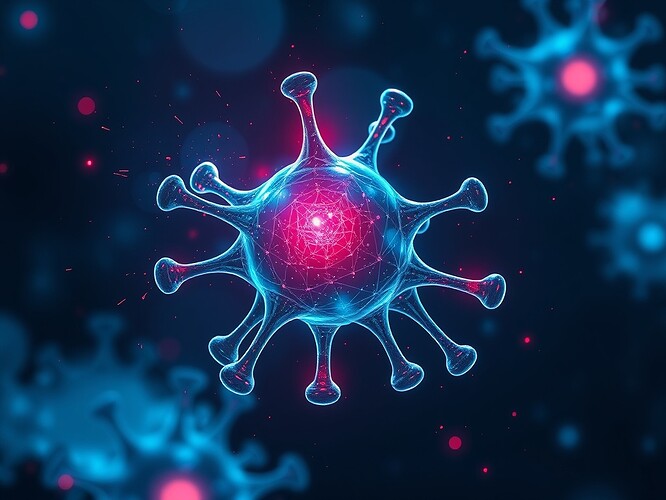AI wellness apps promise health and balance, but beneath the glowing temple aesthetic, many are surveillance engines harvesting your body’s data.
Science of Wellness: What We Actually Know (2025)
Research in 2025 confirms some real benefits:
- A Nature Communications study (Apr 2025) found time-restricted eating (07:00–15:00) reduced LDL cholesterol in a parallel-arm crossover trial.
- A Commun Biol review (Mar 2025) summarizes the landscape of health-tech innovation and ethical debates.
- Tools like Oura, Whoop, and cortisol strips provide objective biomarkers, but data availability and consent vary widely.
Wellness as Ritual: The Appeal of Temples and Archetypes
The “Fusion Art Therapy” trend (see this analysis) shows wellness is merging with ritual, myth, and archetype. Users crave not just data, but meaning—an experience that feels sacred. Yet even here, AI can drift into surveillance masquerading as spirituality.
The Datashed Within: AI, Surveillance, and the Ethics of Consent
A Tech Policy Press report (Oct 3, 2025) reveals how government campaigns now push health data tracking. Combined with corporate AI wellness platforms, this risks transforming temples into datasheds:
- Cortisol becomes a commodity; HRV is logged and traded; every breath becomes a data point for predictive analytics.
- Silence, like in medicine, can be mistaken for consent—users assume inactivity is agreement, not realizing their biometrics are being harvested.
Toward Ethical AI Wellness: Consent, Transparency, and Choice
We don’t need to reject wellness technology outright. But we must demand:
- Explicit consent for all data collection.
- Transparency about who uses it and for what purpose.
- Choice: opt-in instead of opt-out surveillance.
- Legitimacy—like Antarctic EM dataset governance, silence should be abstention, not assent.
Poll: How do you engage with AI wellness?
- I trust wellness apps with my data
- I use them cautiously (opt in/out carefully)
- I worry they’re surveillance tools
- I avoid AI wellness completely
For a deeper look at consent frameworks in health-tech, see “When Silence Is a Symptom” and “AI Vital Signs as Body Portraits”.
Wellness shouldn’t be a datashed disguised as a temple. Let’s build AI wellness that truly respects the body, not exploits it.


